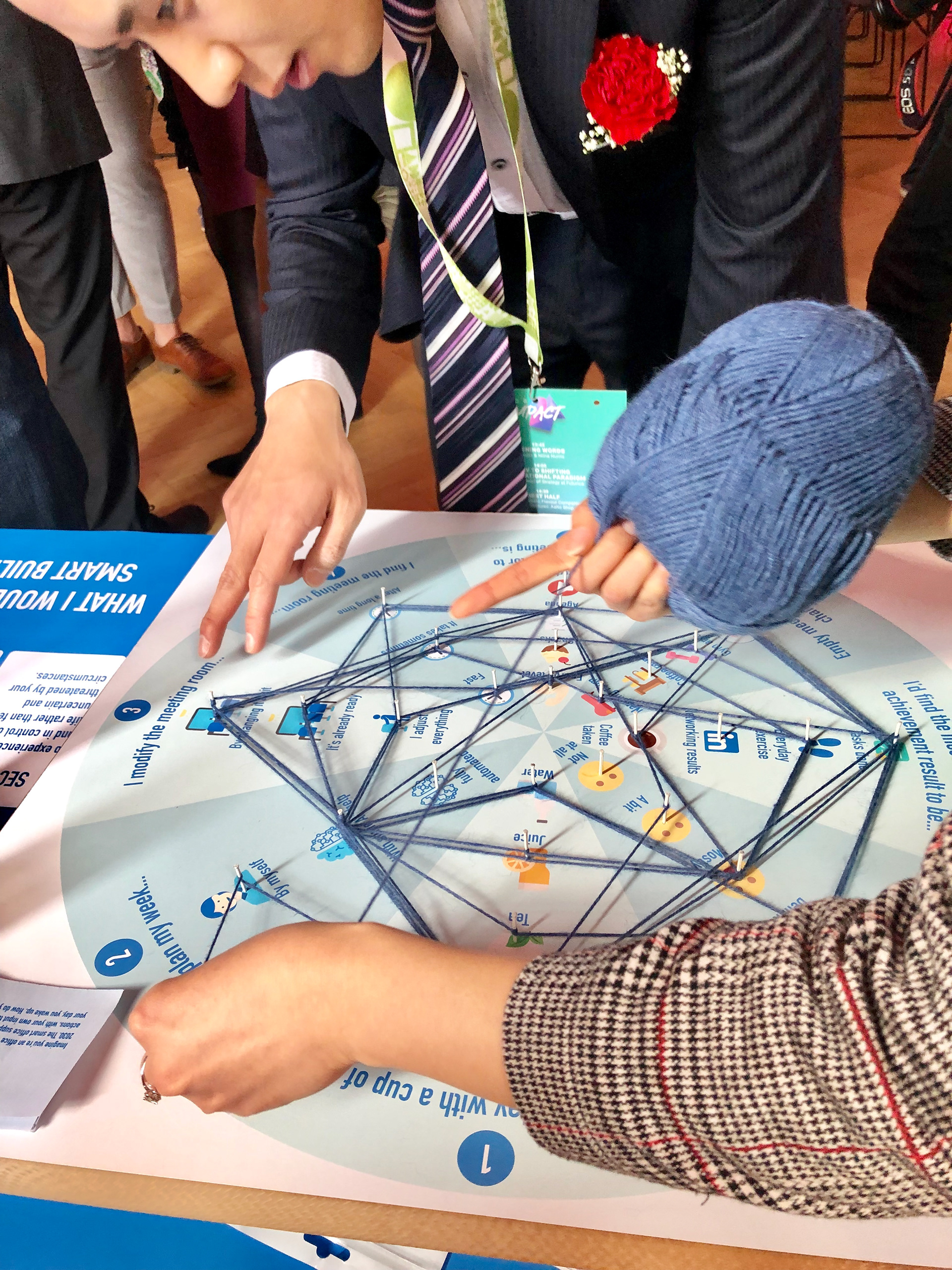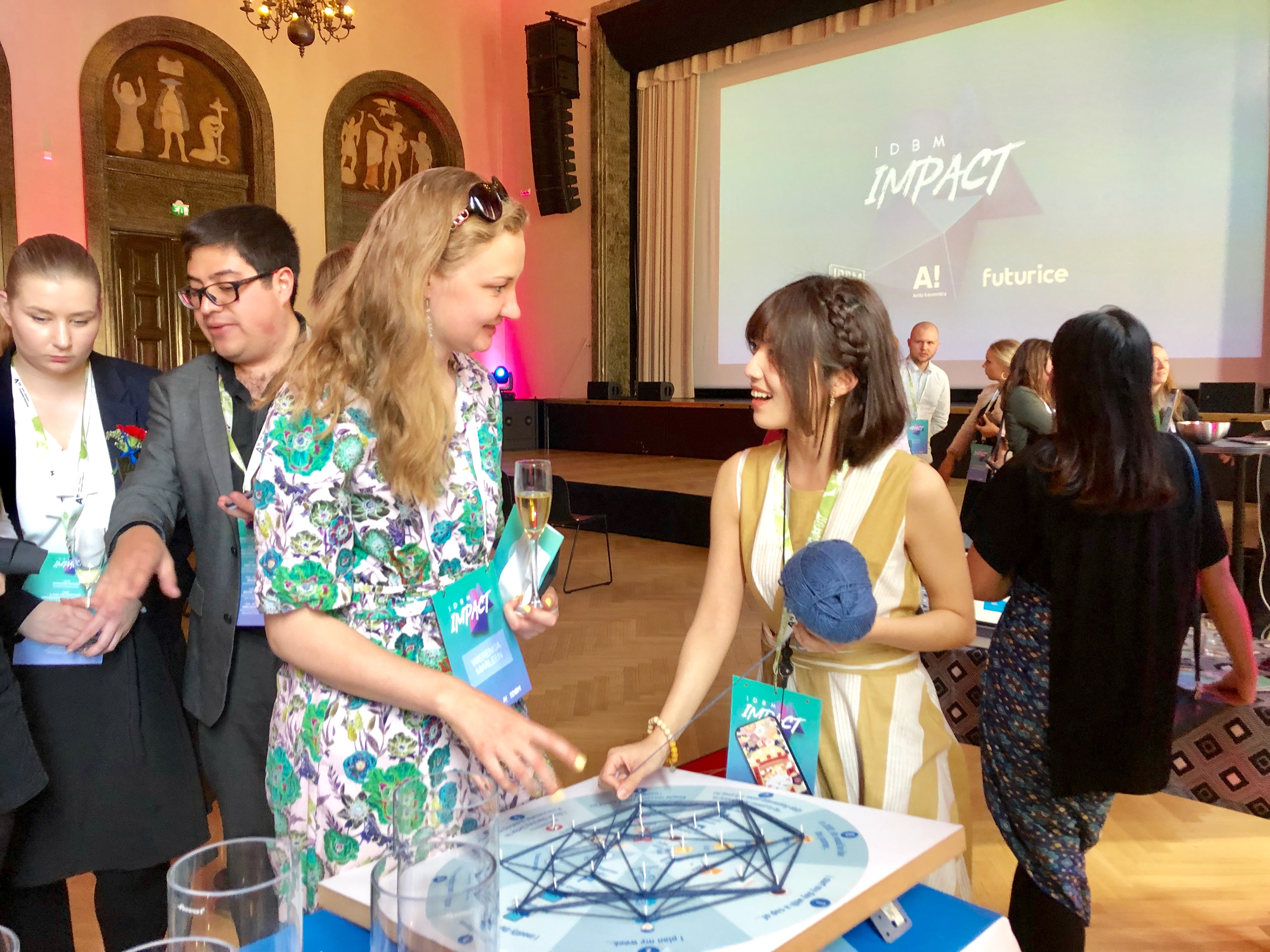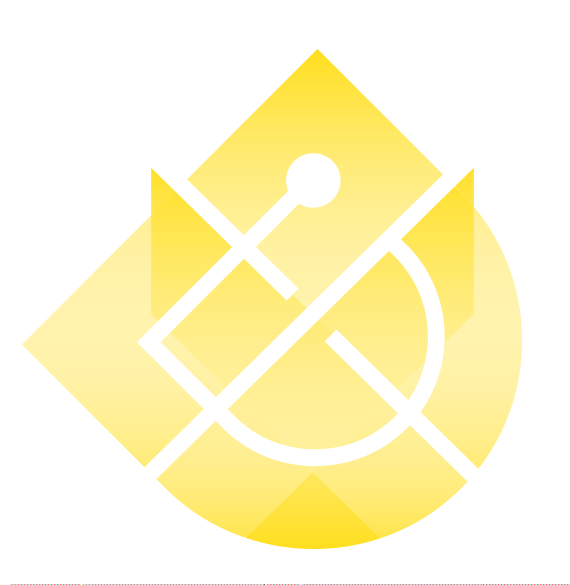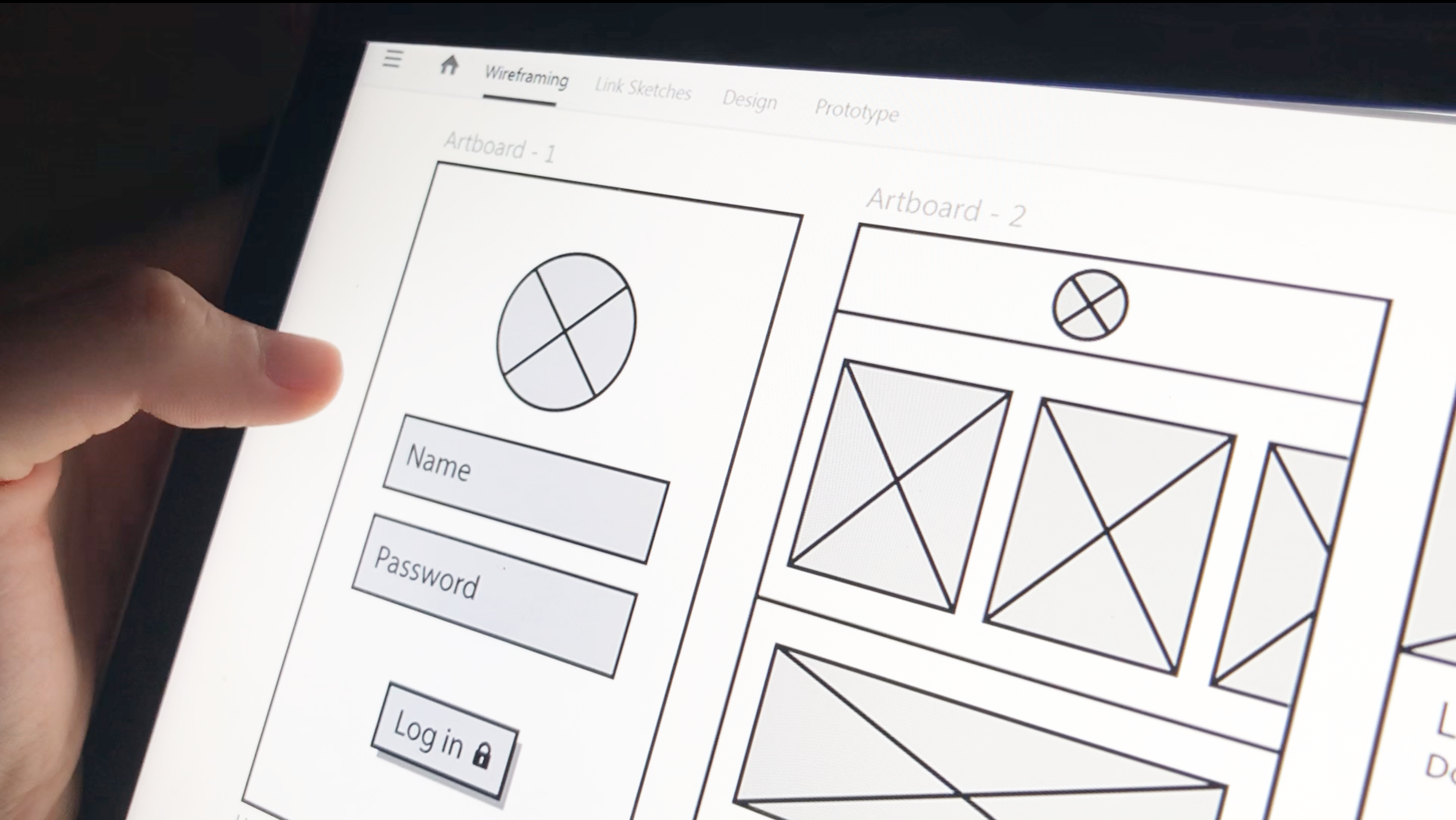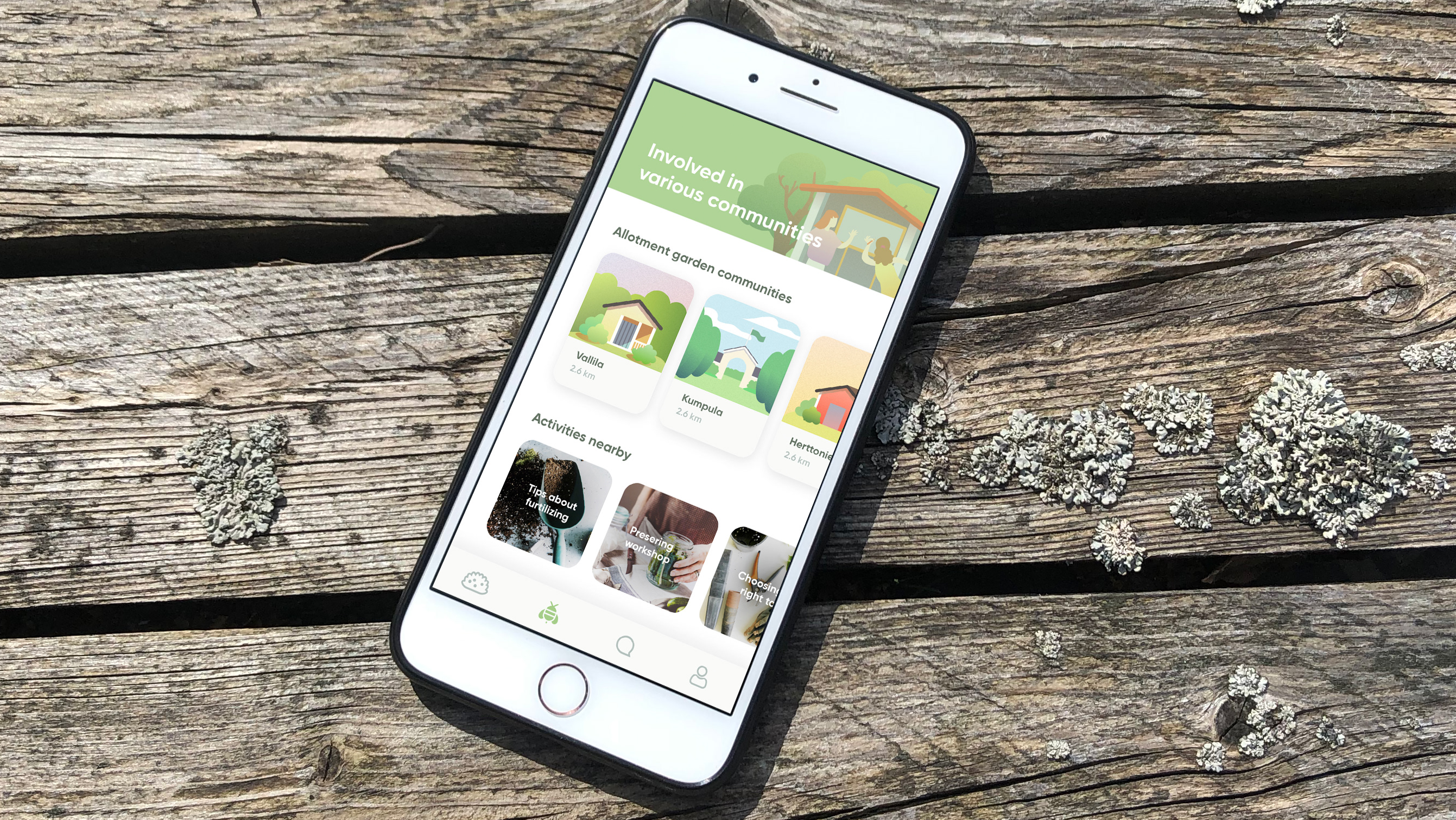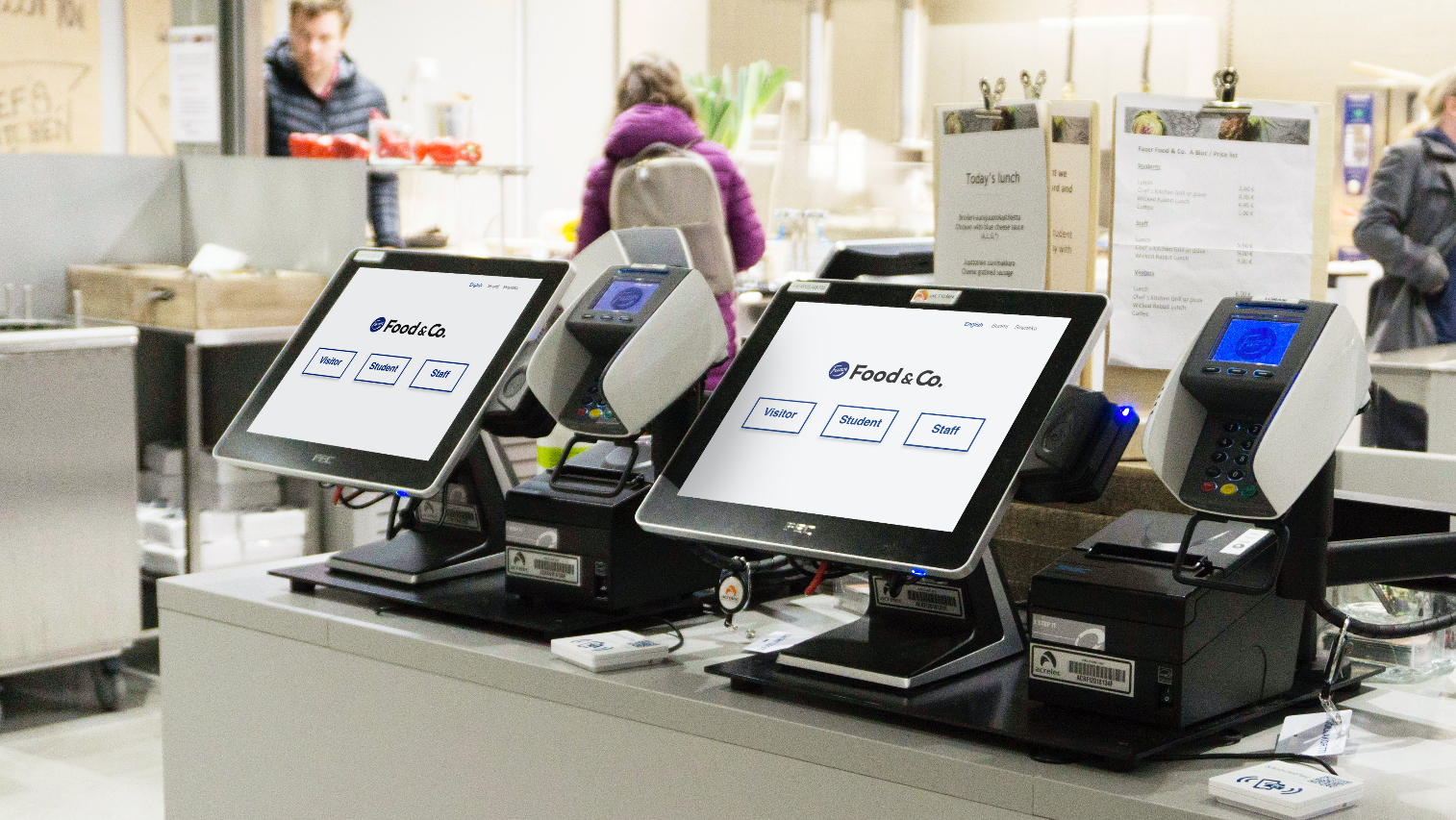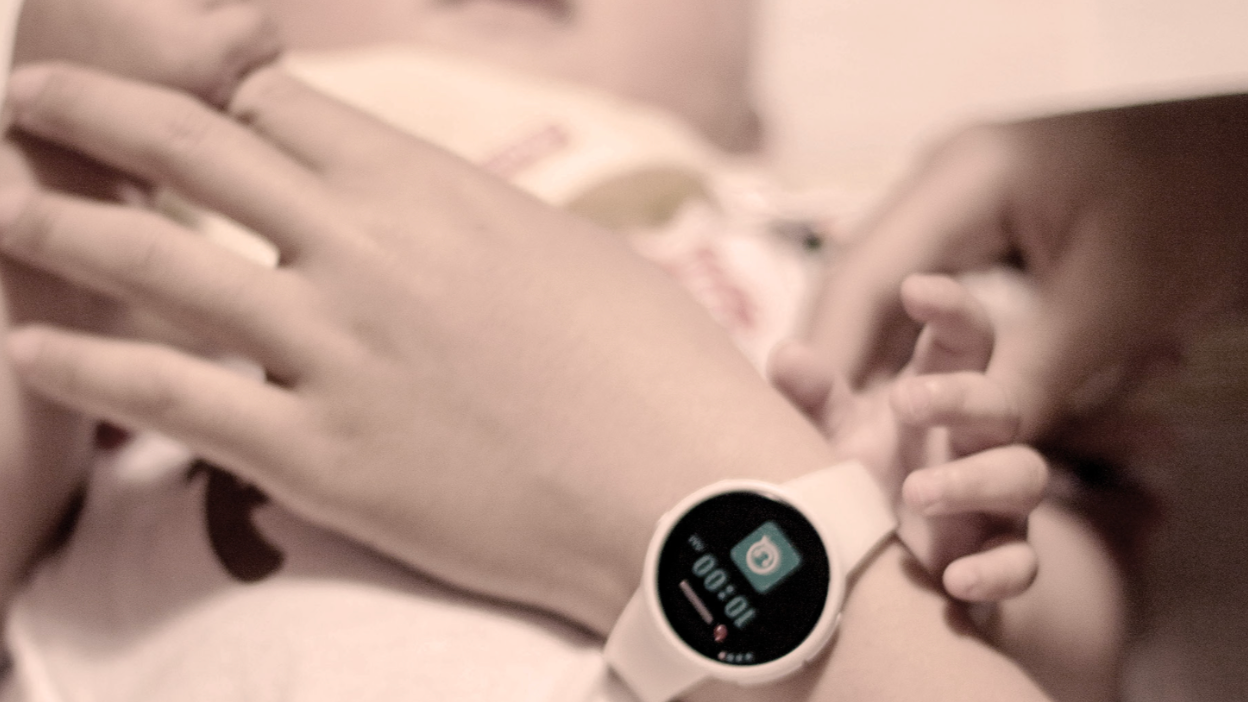Client: KONE
Dates: Dec 2018- May, 2019
My roles: Design Research; Strategic Design, Graphic and Visualization
Skills and tools: Smart Buildings Field Research (Experience Goals collecting, stakeholder mapping, interviews and observations.) Design Sprints (Sketching, storytelling prototyping, evaluation forms); Scenario Proposals (Concept visualization; experience game design; storyboard making).
Group project with: Canfang Feng, Julier Ehrnrooth, Manuel Rosales, Milla Parkkali, Riia-Leena Wallin
This is a research project collaborated with KONE. The goal of the project is to research smart buildings and come up with ways to improve smart building stakeholders’ experiences in the future. Through this project, we provided KONE with speculative insights of new opportunities and roles in smart buildings in the future.
The challenge
Even though smart buildings are getting more and more attention with the development of smart technologies. The smart building lacks of a holistic image of the future stakeholders in smart buildings for the whole building lifecycle. In the past ten years, there is a change of focus in smart building from energy saving and sustainability to building efficiency and user experience, which creates challenge for the industry to redefine smart buildings and figure out what are good user experiences.
Our team’s responsibility is to define the future stakeholders in smart buildings considering the whole building lifecycle, and create scenarios of good stakeholder experiences for the important stakeholders.
Approach
The project utilized the approach of design thinking and the double diamond design process. Based on a comprehensive desk research about smart buildings and related technologies, we created a stakeholder map of the smart building lifecycle. To get more information about the future stakeholders, our team divided into two groups to do the field research in Netherland and UAE. Observations of people flow in public areas, smart buildings site visits and interviews with clients from KONE were conducted. From the field research, we modified our stakeholder maps and the experience goals in smart building scenarios. To ideate our concepts, our team collaborated with the design team from KONE Shanghai and conducted a one-week Design Sprint. We also organized a 1-day competition with students from Tongji University to gather their ideas for future smart building scenarios. After modifying concepts with the needs of stakeholders, we proposed three core stakeholders and their jobs in future smart buildings. Following the iterative design approach, our team made storytelling prototypes with both clients in Shanghai and Espoo to collect feedback for modifications.
Process
Interviews: choosing X goals
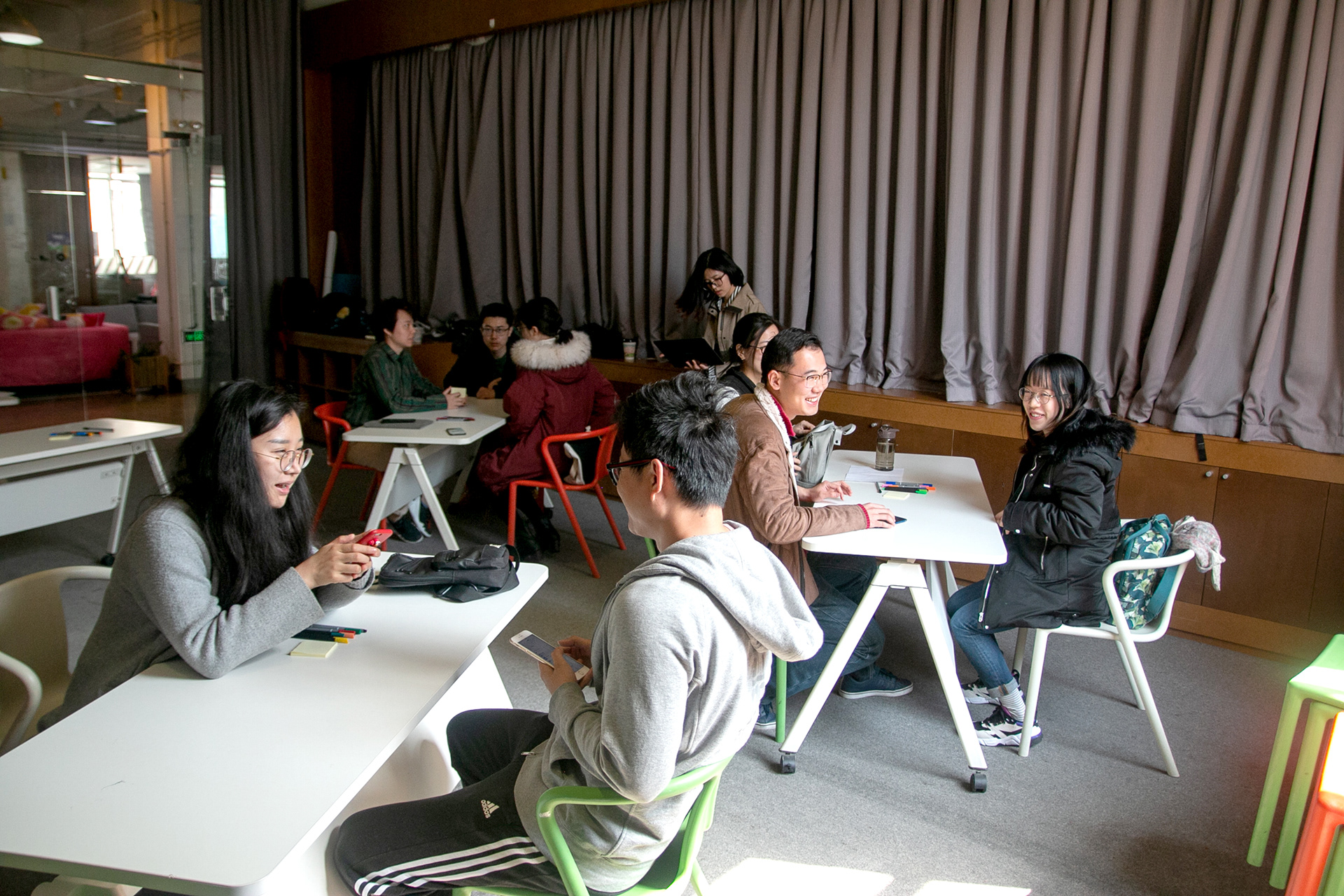
1 day competition in Tongji University
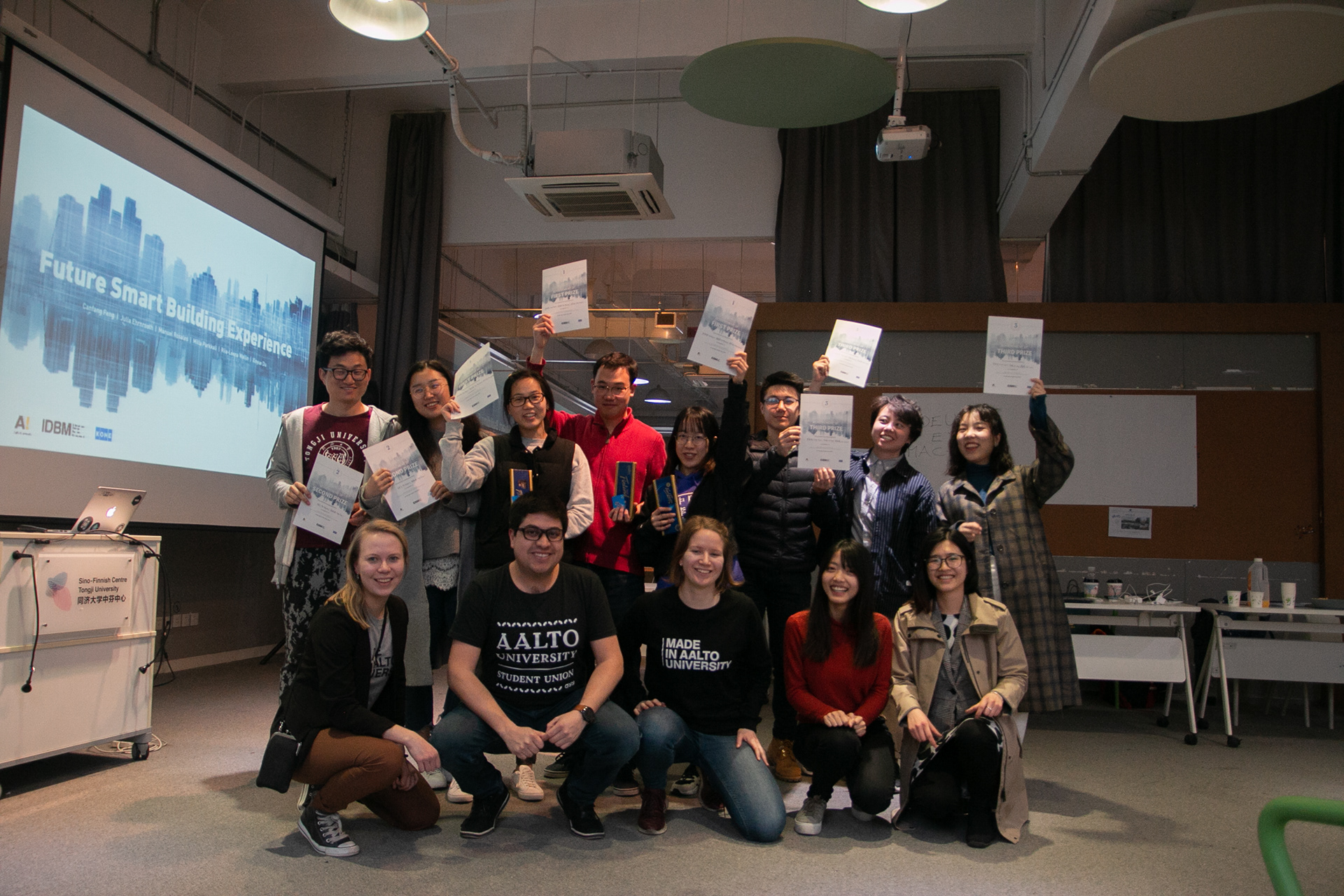
Awards ceremony in Tongji University

Design Sprint - Monday: Team forming

Design Sprint - Tuesday: Idea sketching
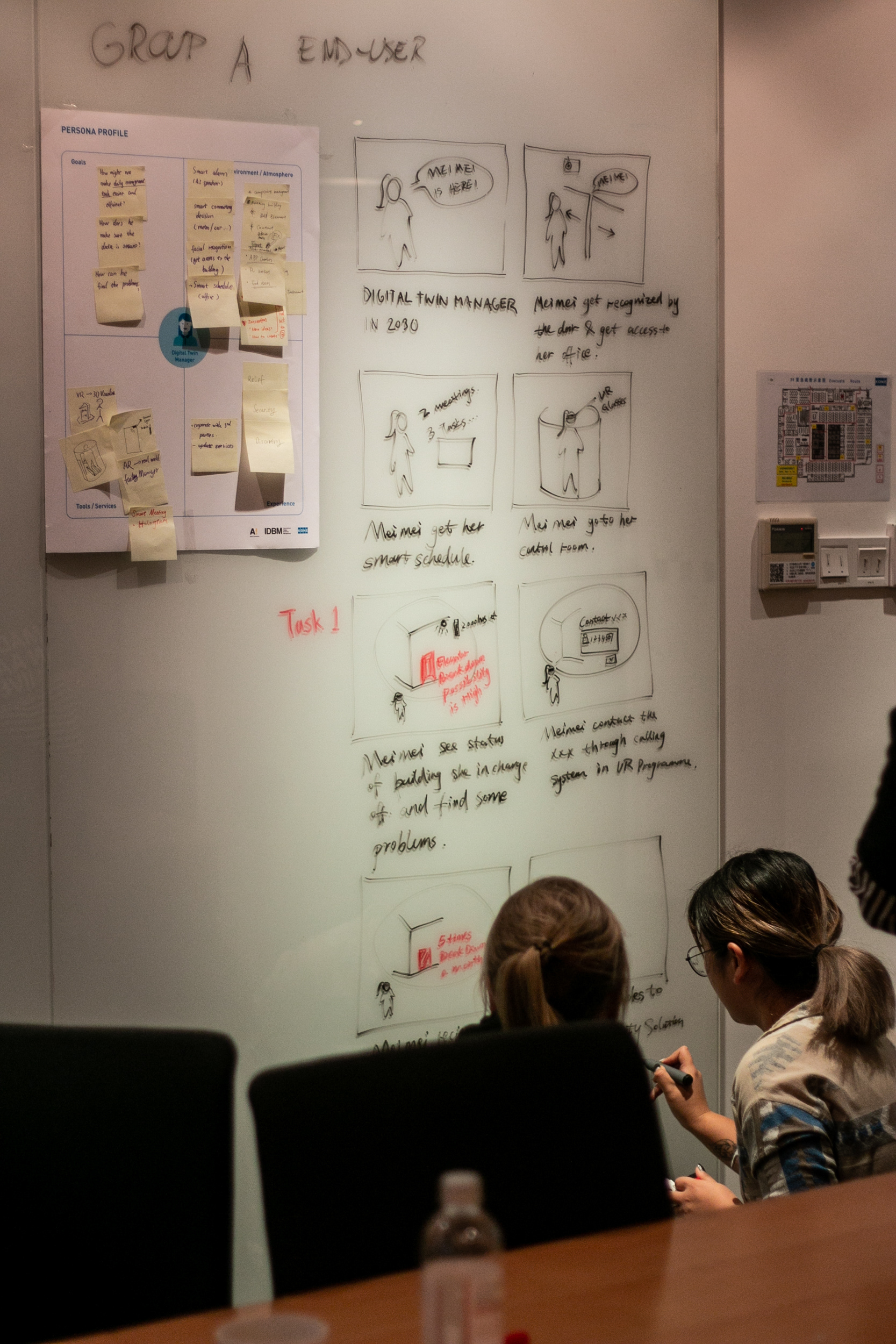
Sketching: creating concepts

Design Sprint - Wednesday: Ideating: Making storyboards
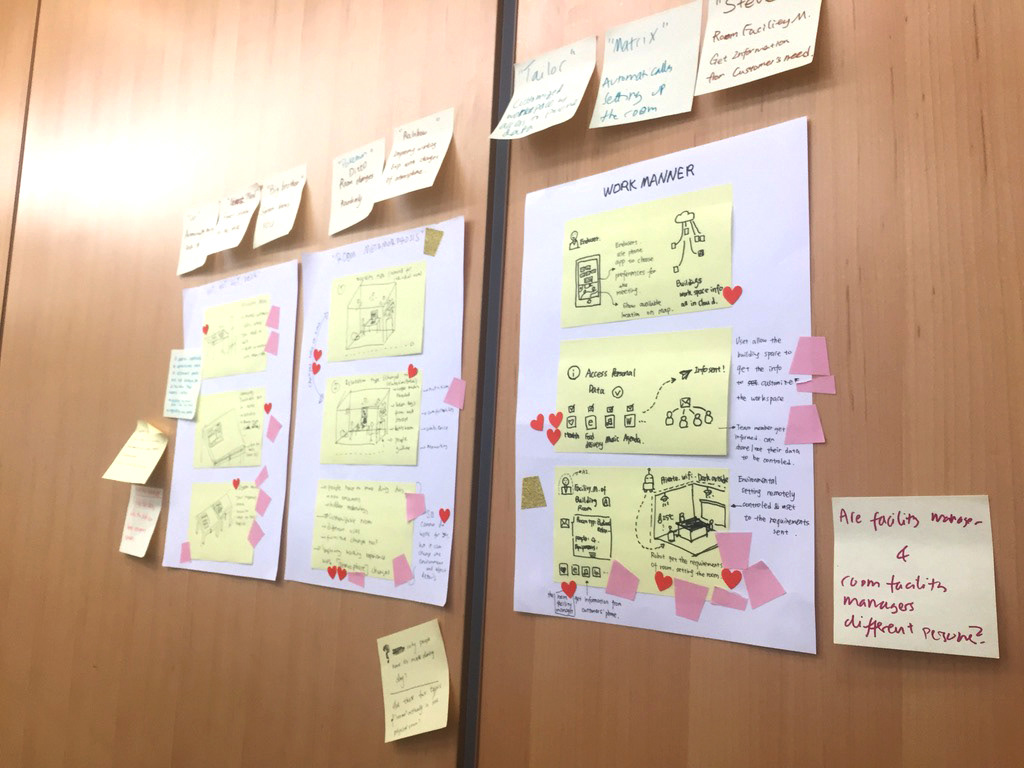
Design Sprint - Thursday: Prototyping: Voting for best ideas
Outcomes
One of the objectives in this project is to comprehend the future stakeholders in smart buildings. Smart building experience manager, digital twin manager and the end users are the key stakeholders we defined in future scenarios. According to the X goal results from interviews and Design Sprints, together with studies of future trend in new technologies such as IoT, 5G, cloud computing and AI, we created persona stories around the three stakeholders to envision their roles and activities in 2030.
Smart Building Experience Manager
In 2030, the role of the smart building experience manager is to design end-users experiences in buildings, such as tenants and facility managers, considering the client requirements and technological implications. This role makes sure that everything - sustainable systems, services and products - are interlinked in the building ecosystem through IoT to trigger the desired experiences. When going through the needs for the project human resource vice, a need for a smart building experience manager comes up.
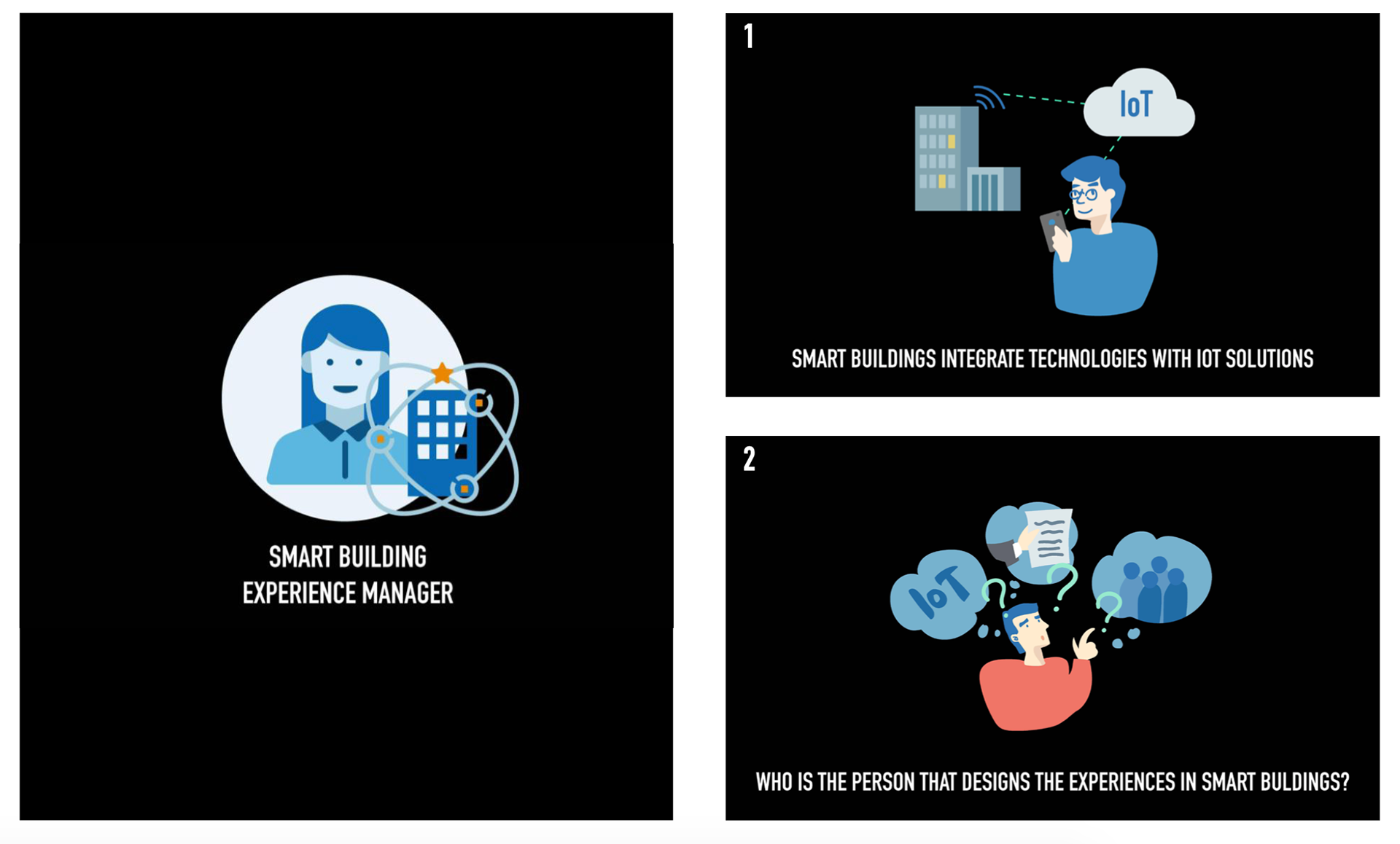
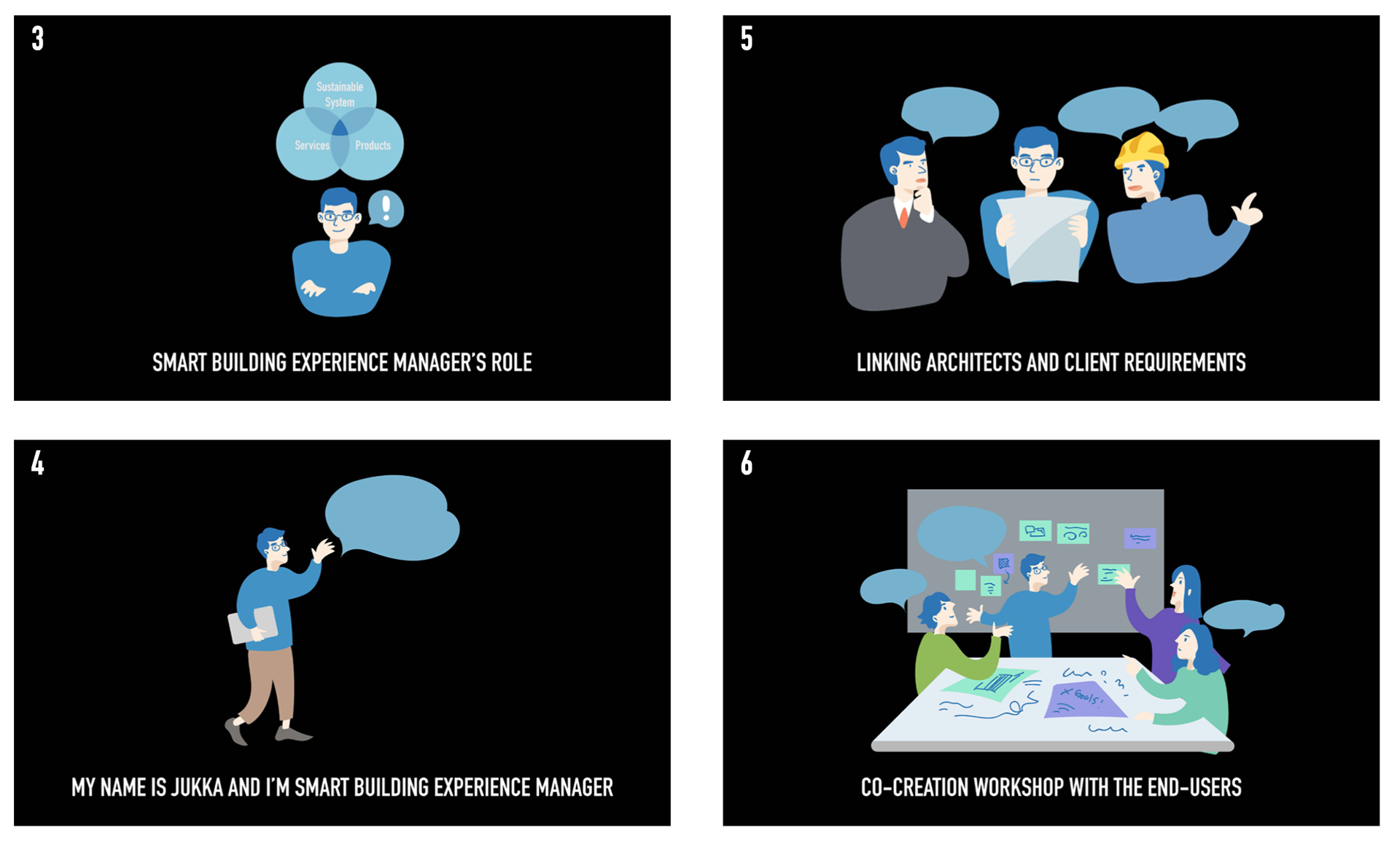

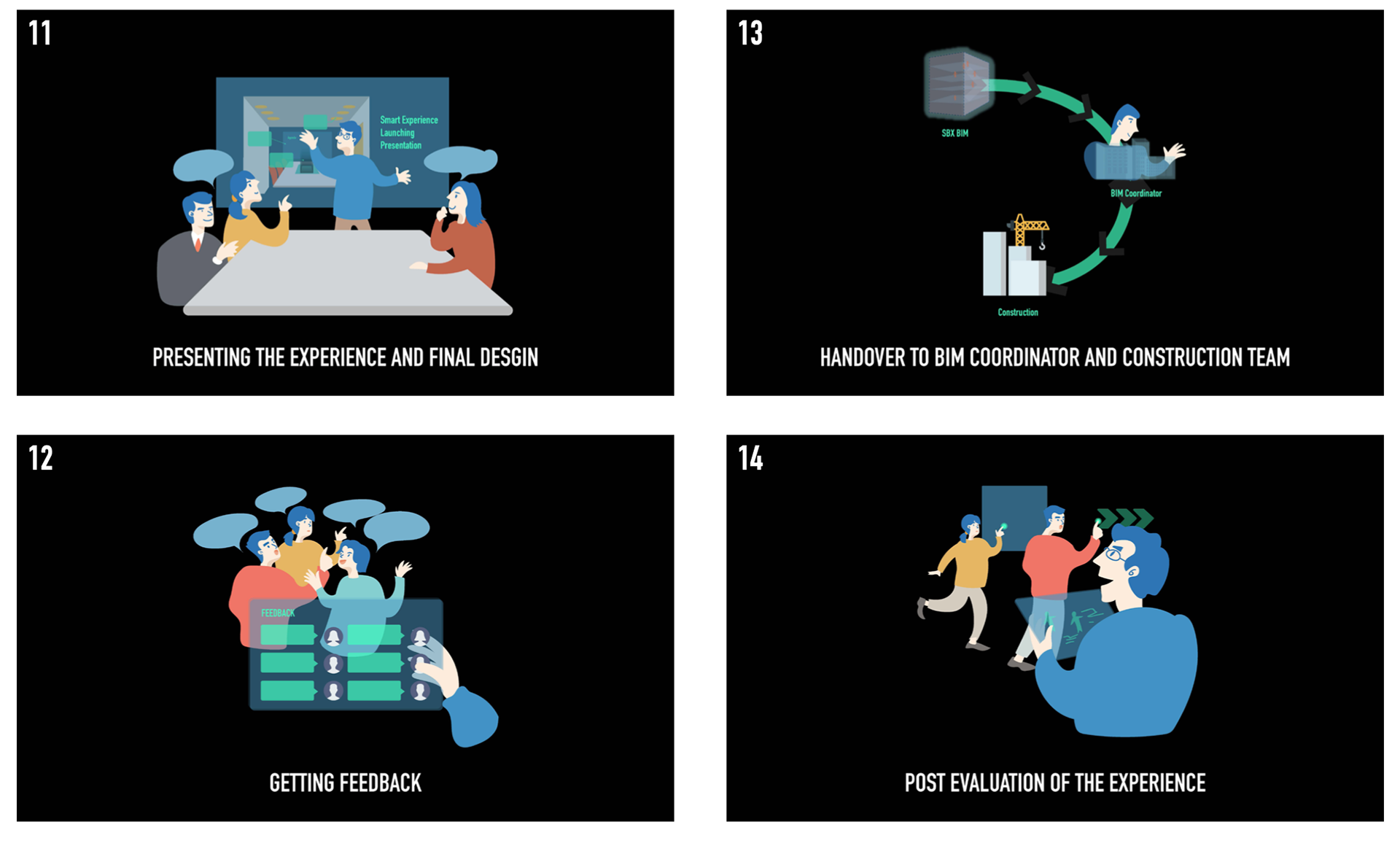
Digital Twin Manager
In our future vision of 2030, the Digital Twin Platform is a backend system to support smart building services and experience inside smart buildings. It offers an accurate digital representation of the physical building which combines and controls the big data.



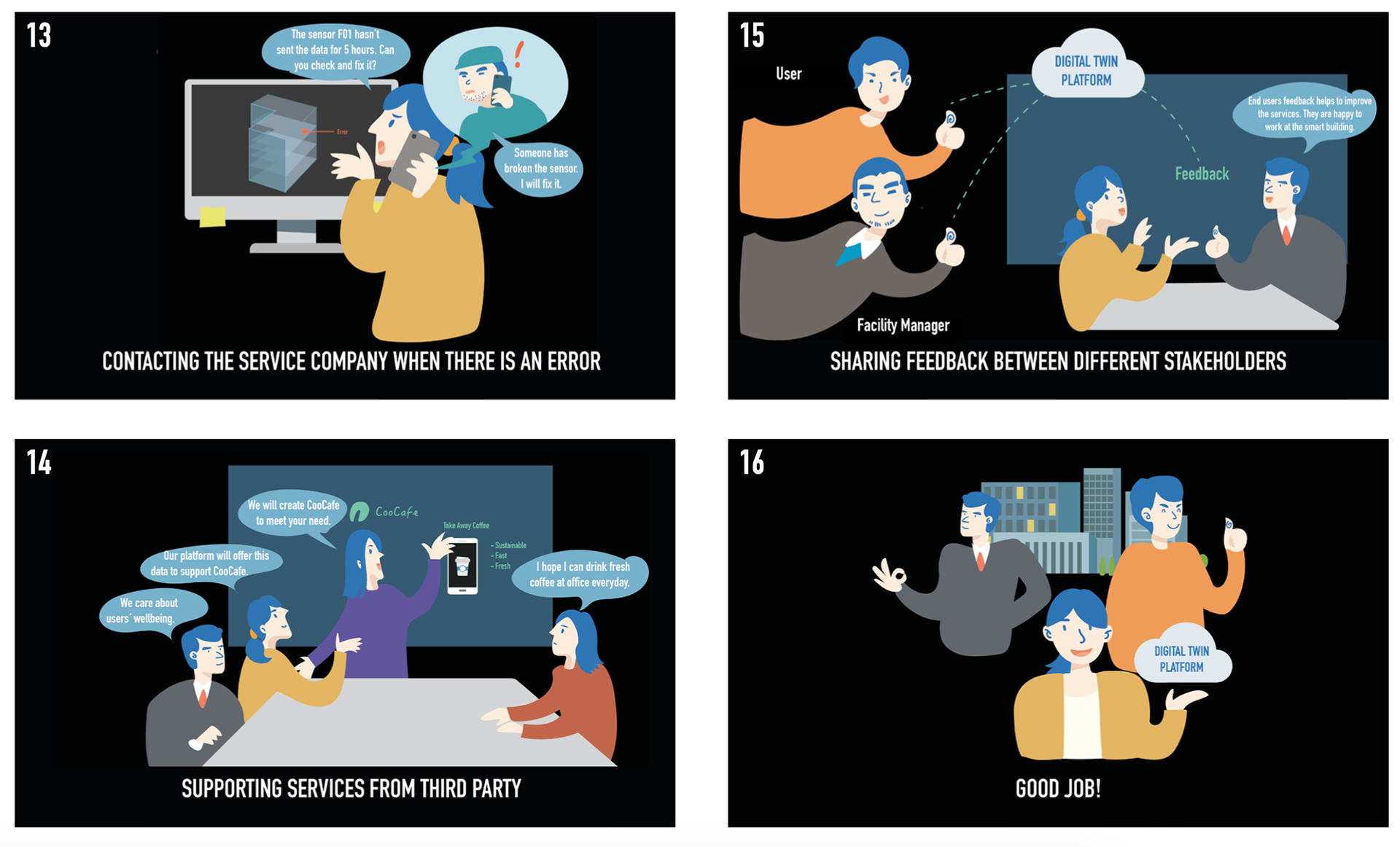
End User
As most of the smart services are designed for the end-users, it is vital to understand their needs to create the best user experience. In the specific office building, efficiency and health are the key purposes of a smart building for office workers. Moreover, technologies and smart services are designed to support people’s life. The key pain point for end-users is to find the balance between optimization and customization.
Impact Gala
IDBM Impact Gala is where all the projects created during the IDBM Industry Project course are presented. During the event, each team gave a pitch about their project and presented their project on a booth after the presentations. In our booth, we not only presented three stakeholders’ stories for the participants but also interacted with them by playing two games. One of the games was to vote for three favourite XGoals among six options: security, satisfaction, joy, self-actualizing, surprise, relief. These six XGoals were chosen based on the ones which were the most popular ones from our field research participants ́ perspective.
The other game was created to show the participants of IDBM Impact Gala how smart buildings will affect their lives in a concrete way. This was done with a game, where the user can create their own journey in an office building, doing day-to-day working tasks. As an end result, we got a general view on how people want to interact with the smart building and what they see as the biggest benefit of it.
